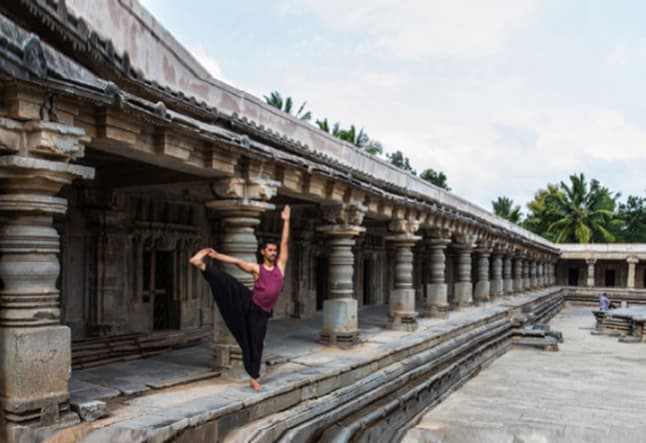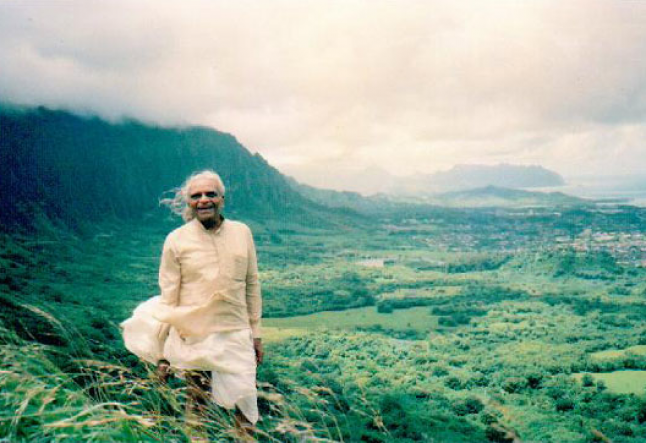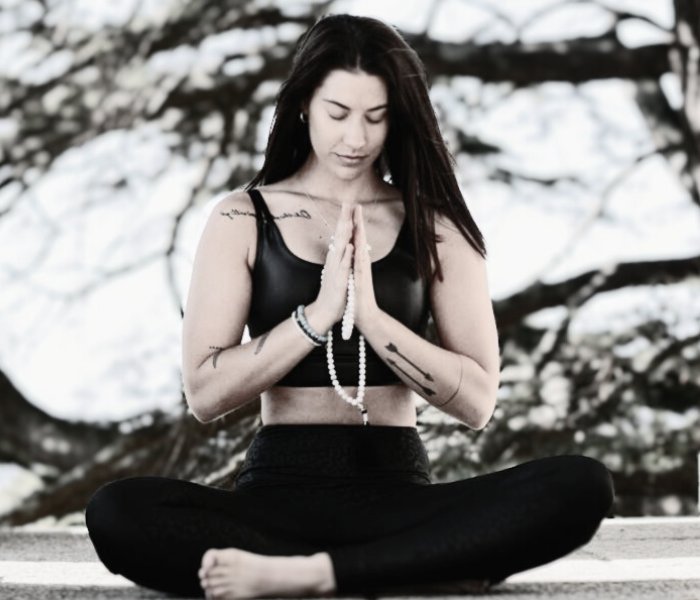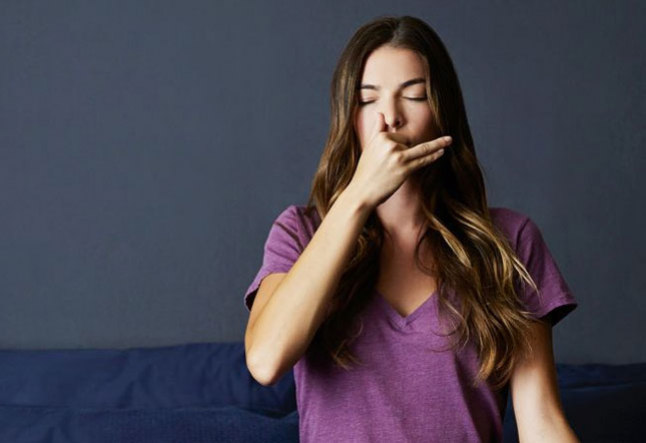a journey through time in hatha yoga

strength stability and flexibility in hatha yoga
Hatha yoga is inherently an extremely personal experience. Every style, every pose creates a unique feeling that only you can witness. Hatha yoga was meant for the individual, however, through time it has turned into a group experience.
Krishnamacharya gave distinct sequences for different purposes. We have now taken these personal series and turned them into generic prescriptions.
As hatha yoga teachers we have found that it is almost inevitable not to teach group classes. For this reason we are following an archetype that has been proven over time to be safe and yet very appealing to a large population: “Create strength while standing or on the floor, work stability muscles in balancing poses and develop flexibility only on the floor.”
This concept might be easy to understand but often, many hatha yoga teachers have and will argue against it.
Our belief is to keep yoga poses (asanas) as safe and as accessible as possible. In today’s society, especially here in the United States we live a very sedentary but yet forward moving lifestyle. This means that our hamstrings are short, our glutes are weak, our chest muscles are tight, our shoulders are rounded in and our lower back is losing its arch, just to name a few.
Due to computers, games, driving and text messaging our thumbs might be stronger that our core. 🙂 Because of this, performing certain yoga poses that were wonderful 100 years ago may currently be more injurious than beneficial. Along these lines, if a pose cannot be performed on the floor it should not be performed standing.
As society changes our practice should also change. We should always keep in mind our students’ daily lifestyle. Most people come to our hatha yoga class to feel better. It is our responsibility as yoga teachers to do no harm. So when designing a yoga series it is important to take the traditional teachings and modify/apply them into today’s issues.
A brief look at strength: For most students we have found that standing poses such as warrior II, chair and crescent warrior are great for strengthening the legs. Mixing these up with sun salutations and variations/modifications of them along with core poses such as boat, plank and reverse tabletop will create a very well rounded strengthening series.
A brief look at stability: If you want to walk and or run for the rest of your life you must have stability. Every time you take a step, one foot is off the ground. Your core has to activate to keep you standing. Your muscles around your ankles and knees have to remain strong. Your multifidus muscles have to be active and well. Doing variations/modifications of poses such as tree, shiva, balancing half moon and warrior III will allow the above to occur. In these poses, we emphasize not to focus on developing flexibility such as opening the hip in tree. Forcing a muscle to stretch does nothing for creating strength, in fact you could find yourself injured instead.
And now a brief look at flexibility: Flexibility is “the ability of a muscle to relax and yield to stretch and stress forces” according to the sports medical dictionary. This implies that flexibility training can only be performed on the floor so that the targeted muscle and its surrounding muscles and joints will be allowed to relax. Any time that our body needs to support part of its own weight it is inevitable that some muscles will engage. We are not saying that doing standing forward folds for example is not necessary and/or beneficial as part of a yoga series but what we are saying is that flexibility is not emphasized during these poses.
Through the years we have found that if we design our series keeping these three aspects in mind the risk of injury is minimized and the benefits that the students receive are dramatically enhanced.
Even though hatha yoga continues to grow here in the United States, we still keep looking at our body’s abilities as if we lived in the early 1900’s without all the amenities of today’s lifestyle (lazy boy chairs, cars, computers, etc). We need to change our frame of mind and modify some of the traditional hatha yoga poses. Otherwise, we will continue to read about and witness issues caused by this incredible gift given to humankind by the sages and rishis designed to help us not hurt us.
See you knee deep in the water or on the hot mat and as Ganesha would say, “Enjoy Life and Feed Your Rat!”
Om Shreem Hreem Kleem Shreem Lakshmi Ragachchha Gachchh Mam Mandire Tishth Tishth Swaha.



